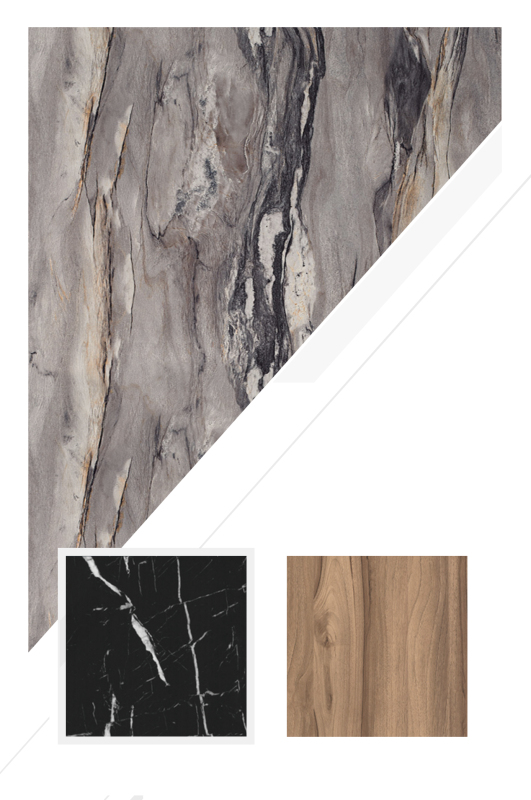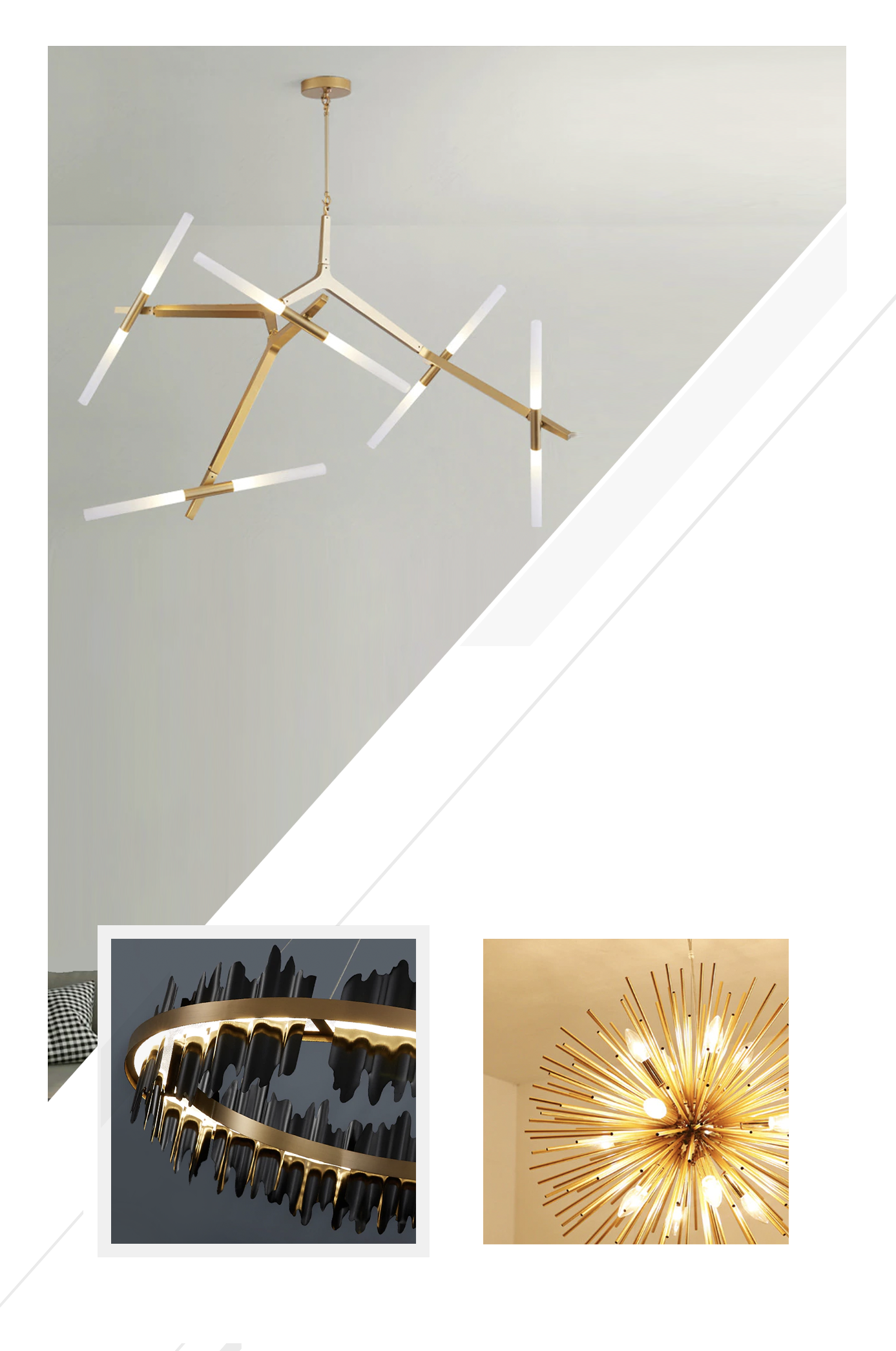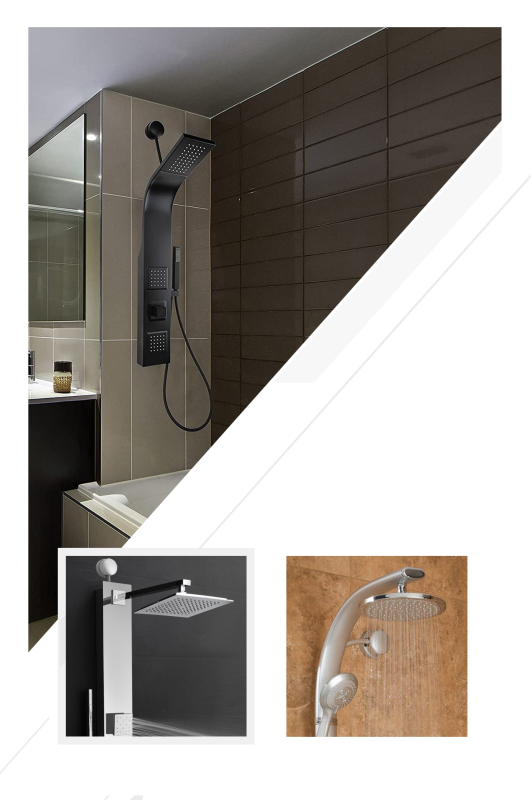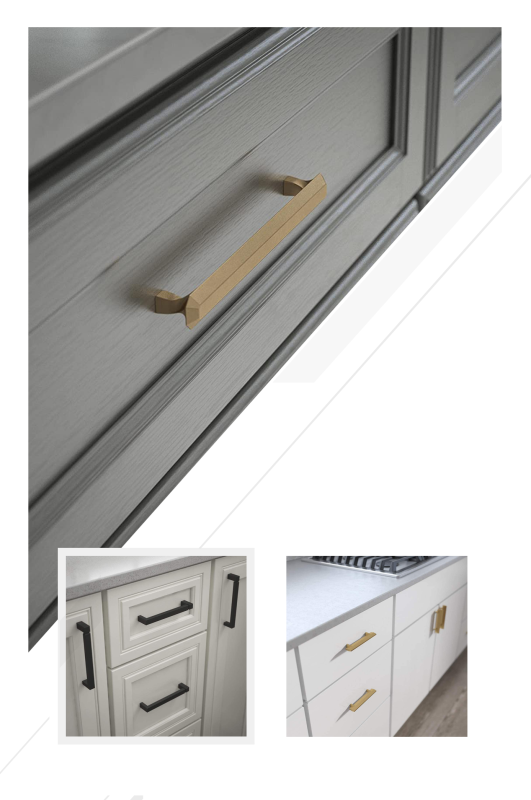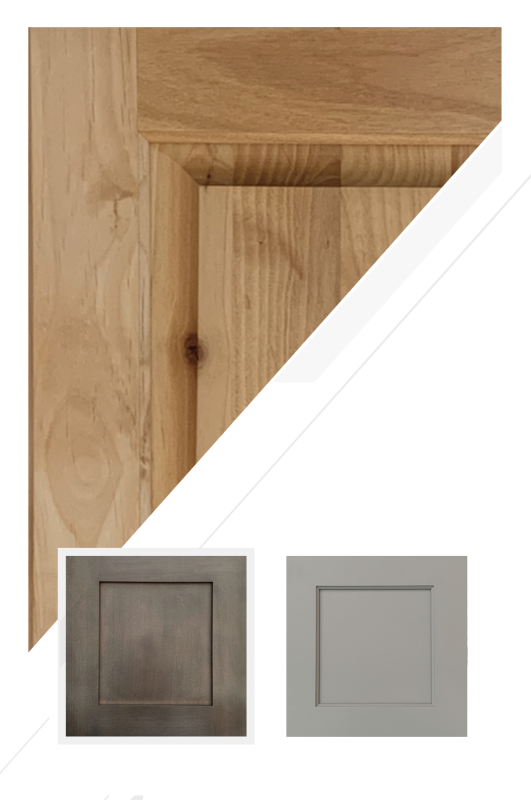Site Prep to Final Grade: Soils, Foundations, and Utilities for Faster Wildfire Rebuilds
By Joy Line Homes California
Every strong rebuild begins below the floor. After a wildfire, the fastest way back to keys is a clean, verified site with a foundation that fits the land and utilities that are simple to service. Joy Line Homes treats site work as a precision step rather than a scramble. We bring order to debris closure, soils testing, grading, drainage, and utility coordination so modules land on schedule and inspections feel routine. When the ground is right, the rest of the project reads as calm and predictable.
California’s terrain and codes vary by region, yet the logic remains steady. Confirm the soil, move water away from the structure, select the right foundation, and route utilities with clarity. That pattern shortens plan review, keeps crews in rhythm, and gives owners confidence from day one. This guide explains how Joy Line turns a burned lot into a ready pad across Los Angeles, Ventura, Santa Rosa, Napa, and Paradise.
Debris Closure and Proof for the Record
Recovery starts with clean documentation. We collect debris manifests, hazmat clearances, and erosion control notes before the first stake hits the ground. Photo logs capture the site after scraping and after rough grade. These records support permits, lenders, and carriers. A verified clean site prevents surprises when inspectors arrive for foundations and utility trenching. One tidy binder keeps questions short and the schedule steady.
On steep or windy parcels, we install straw wattles or fiber rolls and protect inlets so the site stays clean during early rains. Small moves like this save time later because rework and silt citations never enter the story.
Soils, Surveys, and Slope
Good foundations start with facts. Joy Line orders a topographic survey and a geotechnical review that confirm bearing capacity, expansive potential, and seasonal moisture behavior. We map setbacks, easements, and tree protections, then tune the house footprint to work with the land rather than fight it. On hillside lots, slope percentage drives retaining needs and access planning. On valley floors, clay soils may favor slab edges with moisture breaks and careful subgrade prep.
We share the survey with utilities and inspectors so everyone reads the same map. That shared view keeps trench lines straight, meter locations clear, and crane pads where they belong.
Drainage First, Always
Water is the quiet risk on any site. We set finish floor elevations, create positive slope away from walls, and add simple, serviceable drains. Downspouts drop onto metal or stone splash blocks, then into shallow swales or gravel trenches that daylight away from the home. Where grades demand it, channel drains sit at patio edges and garage thresholds. The goal is clean shoes and dry walls year round. Inspectors see logic. Owners see less maintenance. Landscapes see fewer repairs after the first big storm.
Drainage also supports WUI goals. A clean five foot non combustible band stays tidy when water moves where it should and plantings sit beyond the band with drip irrigation instead of spray near the wall.
Choosing the Right Foundation
We fit foundations to soils and access. Slab on grade delivers speed and clarity on many infill lots in Santa Rosa. Raised platforms keep services accessible on Los Angeles hillsides and allow a level interior on sloped driveways. Helical piles shine in Paradise where disturbed soils and tight lanes make shallow, precise anchors the wise choice. In Napa and Ventura, a mix of slab, grade beams, or piers may suit orchards, vineyards, or coastal air.
Before set day, we verify anchor locations, heights, and diagonals. Bearing pads and shims are staged by size. When modules arrive, they sit into a prepared seat. Marriage walls meet, roofs close, and crews move directly to weather dry without field improvisation.
Gas, Power, Water, and Data
Utility clarity keeps inspections short. We route trenches with smooth runs and labeled sleeves. Gas meters sit outside the first five feet where practical. Electrical disconnects and panels are visible and serviceable. Water shutoffs and hose bibs are placed where hands reach them without a hunt. Conduits for future solar and battery sit ready with pull strings. A single utility sheet in the plan set shows every location so trades and inspectors share the same picture.
For rural parcels with wells and septic, we confirm pump sizing, tank location, leach field protection, and setbacks early. Driveways and turnouts are mapped for delivery trucks and first responders. This early attention prevents costly redesigns when the site is already open.
Creating a Crane and Staging Plan
Set day moves quickly when staging is simple. Joy Line grades a compact pad for trailers, marks outrigger points, and protects trees, vines, or fences with mats where needed. We coordinate traffic control, neighbor notices, and mailbox access. Wrapping and hardware are handled in an orderly sequence so streets stay clean. When the last pick lands, the block looks cared for, not stressed.
On tight streets, we schedule early morning arrivals and space trucks so school routes and deliveries continue. Calm logistics are a courtesy and a schedule tool at the same time.
Hardscape and Zone Zero
The first five feet around the home tells the story of safety and maintenance. We pour or set a continuous band of non combustible hardscape at the wall, then step to gravel or low fuel planting. Fences stop short of the structure with a short return in metal or masonry. Deck skirts are enclosed with solid risers at steps. These details create a modern, orderly edge that also blocks ember pathways. Plan reviewers recognize the logic. Neighbors see a neat property from day one.
Outdoor rooms become part of the drainage and safety plan. A covered terrace cools the great room and shapes wind near openings. A grill pad sits on its own slab away from doors and windows. Lighting is low glare and sealed. Every choice supports both daily life and inspection day.
ADU First as a Site Strategy
An ADU can tidy a site and speed occupancy. We place ADUs near existing utilities, forming a courtyard that controls wind and supports defensible space. Slab on grade or compact pile grids allow quick sets. Families move home sooner, reduce rent, and later use the ADU for guests or income. Inspectors appreciate seeing the same WUI assemblies that will appear on the main house. The ADU also proves the access and staging plan before the larger set, which reduces unknowns and saves time.
Because the ADU is built with the same assemblies and trims, the street reads coherent and approvals move on a pattern reviewers already know.
Inspection Flow That Feels Predictable
We treat inspections like chapters in a short book. Foundation anchors and utilities first. Set day and roof closures next. Then mechanical, electrical, and plumbing trims. Finally numbers, clear paths, and the clean five foot band. Documentation sits in a folder on site with photos, tags, and product data. Each check is quick because the work is staged to be easy to see. Predictable flow reduces stress for everyone and keeps the calendar in shape.
When a supplement is needed for insurance, the same record supports the cost with a page, a photo, and a line that shows where the requirement lives. One set of facts serves every audience.
Final Grade and Planting
At the end, we tune the land so water moves quietly and maintenance stays light. We soften slopes with groundcover that resists embers and holds soil. Trees are limbed up and spaced. Beds break with gravel joints so hoses, brooms, and rakes can do their work without fighting bushes. A seasonal checklist leaves owners with simple tasks that fit a Saturday morning. When chores are easy, they happen. When they happen, the home remains ready for the next hot, windy week.
Final grade is also a moment of pride. The property looks finished, not temporary. Paths are smooth. Edges are neat. The house belongs to the site again.
City Notes: Five Places, One Method
Los Angeles: Hillside lots favor raised platforms, sealed underfloors, and short utility runs to the driveway side. Route studies and early morning sets protect narrow streets. Deep porches shade west glass and calm wind at eaves.
Ventura: Coastal air and canyon gusts call for coated fasteners, enclosed deck framing, and careful fence returns. Corrosion aware hardware extends life and makes inspection points durable.
Santa Rosa: Neighborhood rhythm and small parcels point to slab on grade, fiber cement exteriors, and gravel ribbons along side yards. Grouped trenches and simple drainage pass quickly.
Napa: Rural parcels favor courtyards, orchards with clean understory, and deep porches. Mixed foundations respond to soils while utility sleeves and shutoffs remain visible and labeled.
Paradise: Disturbed soils and narrow lanes reward helical piles, compact pick plans, and clear turnouts. ADU first brings families home early and proves the staging plan.
Stories from the Ground
In Los Angeles, a raised platform brought a hillside plan to level and kept ducts protected. In Ventura, coated clips and enclosed skirts passed corrosion checks on the first visit. In Santa Rosa, a slab with a clean side yard ribbon made the final walk simple and fast. In Napa, courtyard grading reduced wind at the slider and lowered cooling loads. In Paradise, helical piles and a compact ADU set returned a family to their land months earlier than expected. Different sites, same pattern of clear steps and calm results.
The Joy Line Perspective
Site work is the foundation of a steady rebuild. Joy Line Homes brings facts, order, and care to the ground so foundations, utilities, and drainage perform on day one and year ten. We document once and use the record everywhere. We match the foundation to the land. We route utilities for service and safety. We set ADUs to speed life back to the property. The payoff is simple. Faster approvals, cleaner inspections, calmer streets, and a home that belongs to its place. That is how recovery moves from drawings to a front door that opens with confidence.
About Joy Line Homes
Joy Line Homes builds modular residences and ADUs across California with site strategies that favor speed, safety, and long life. Our foundations, drainage, and utility plans pass review quickly and make ownership easy season after season.
Visit JoyLineHomes.com to request a site readiness review and foundation recommendation for your parcel.
We are based in Santa Cruz County ,
California
Tel: (831) 888-Home
Email: info@joylinehomes.com
Business Hours: 9am - 6pm

